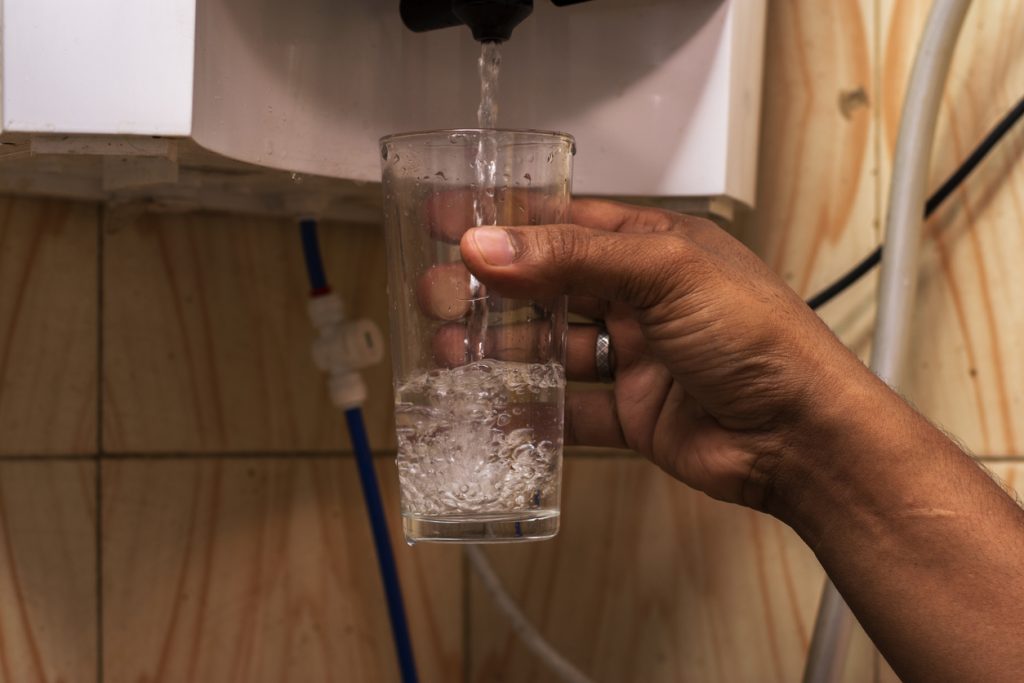Water is an essential resource for all living beings, but the availability of clean and safe drinking water is a growing concern in many parts of the world. Water filtration systems ensure access to pure and potable water by removing impurities, contaminants, and pollutants from water sources. Here, we’ll explore the science behind these filtration systems and the various methods used to turn murky and potentially harmful water into pristine refreshments.
Understanding Water Contaminants
Water from natural sources may contain various contaminants, including sediment, bacteria, viruses, heavy metals, pesticides, and more. Understanding these contaminants is vital to selecting the appropriate filtration methods for specific water sources. Knowledge of the local environment, industrial activities, and agricultural practices can help identify the potential pollutants affecting water quality. By knowing the contaminants present, engineers and scientists can design tailored filtration systems that effectively target and remove these impurities, making the water safe for consumption and other uses.
How Water Filtration Works
Water filtration systems employ various physical, chemical, and biological processes to remove impurities. Each method targets specific contaminants to deliver safe and clean water, from simple mesh filters to advanced reverse osmosis membranes. Physical filtration involves passing water through a physical barrier, such as a mesh or ceramic filter, which traps larger particles and sediments. Chemical filtration relies on the interaction between the water and a reactive substance, like activated carbon, to adsorb or neutralize contaminants. Biological filtration utilizes microorganisms to break down organic matter and remove pathogens. By combining these techniques, water filtration systems can eliminate many pollutants, ensuring the water’s safety and clarity.
Factors Affecting Filtration Efficiency
Several factors influence the effectiveness of water filtration systems, including flow rate, filter lifespan, water temperature, and pressure. These variables can impact the system’s performance and determine how well it removes contaminants. For instance, a higher flow rate might reduce the contact time between water and filter media, affecting the level of filtration achieved. Filter lifespan and maintenance requirements vary among filtration technologies, and regular servicing is essential to maintain optimal performance. Water temperature and pressure can affect the efficiency of certain filtration methods, such as reverse osmosis, making it necessary to consider the specific requirements of each system to ensure consistent results.
Water filtration systems are essential tools in safeguarding public health and the environment. By gaining insights into the science behind these systems and the various filtration methods available, individuals and communities can make informed decisions to access clean and safe drinking water. Embracing these technologies is a crucial step towards a sustainable future where clean water is readily available.
At Parobek Water Solutions in Austin, TX, we offer services like water filtration installation to help ensure you have safe, drinkable water.

